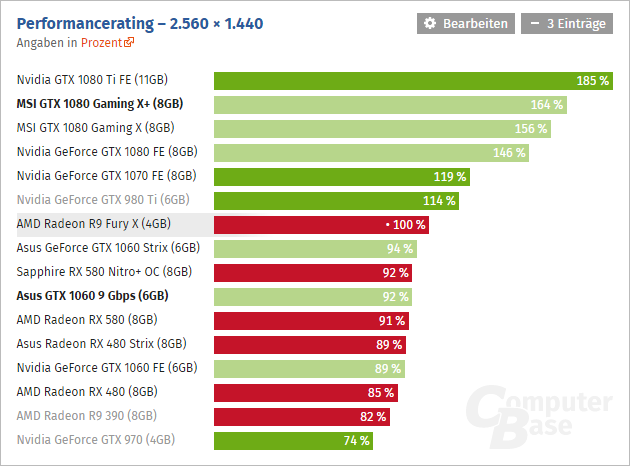We have noticed that many members of the press aren’t that happy about the exclusive given to Linus with journalists such as Cameron Wilmot from Tweaktown posting
‘feeling frustrated’ on his own Facebook page about the event. There are many other well known people in the post chipping in to share their views. We noticed key industry people including Scan UK and Nvidia staff members such as Bryan Del Rizzo making some points in Cameron’s post.
Cameron uploaded an image which says
‘AMD, you gave exclusive content coverage on new products to Linus. That’s like a reverse sellout or something, and totally uncool’.
We do see the AMD shift towards social media influencers in the last year or so rather than traditional tech websites, but Cameron makes the point
‘Maybe for children, but many still want detailed content with a mix of short stuff.’
Well known global tech websites such as Tweaktown have had key staff flown half way around the world to these events so its obvious that some ill feeling is likely to creep in. From our side (and I checked with my boss), KitGuru already knew AMD had a very strong relationship with Linus and he has such a huge following on Youtube they obviously feel he needs some special treatment.
Playing Devils Advocate however- its a rather strange move from AMD as key members of the press will likely feel that being left out of this almost negates the purpose of a ‘unified launch’ for some of the most important AMD products in the last decade.


